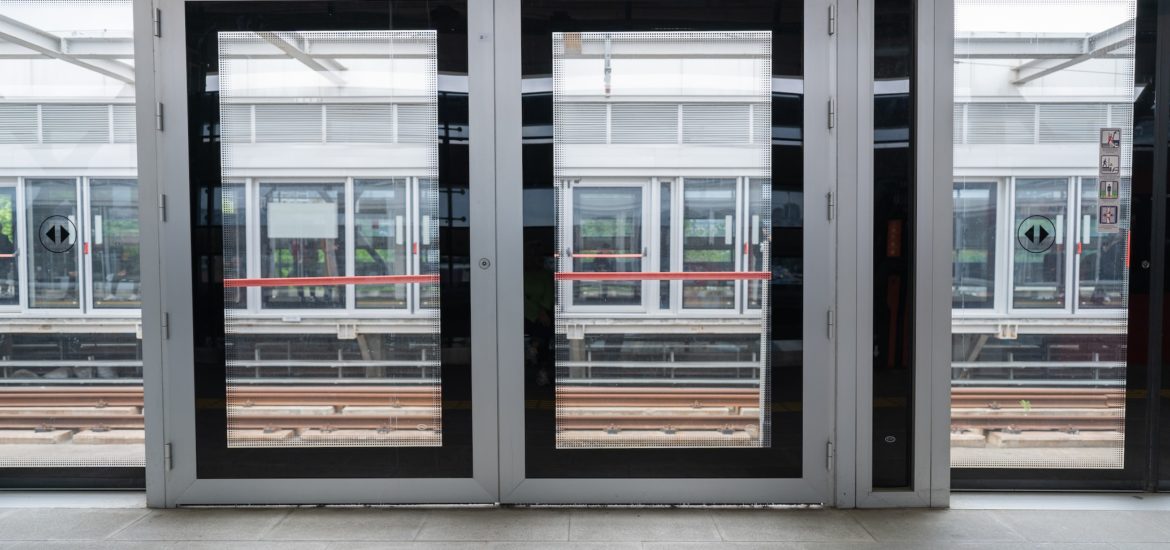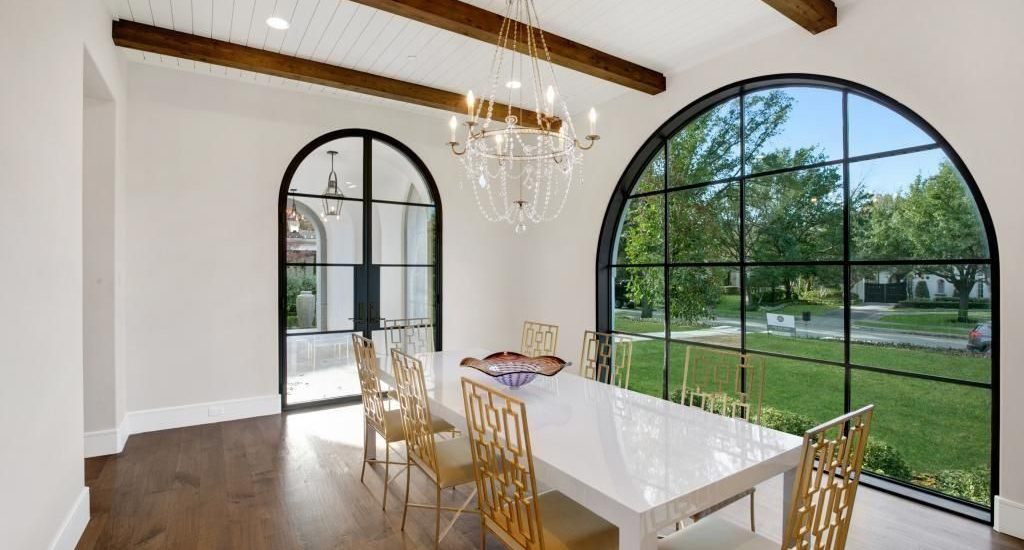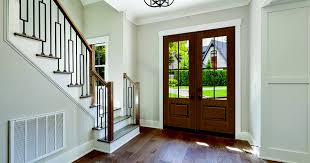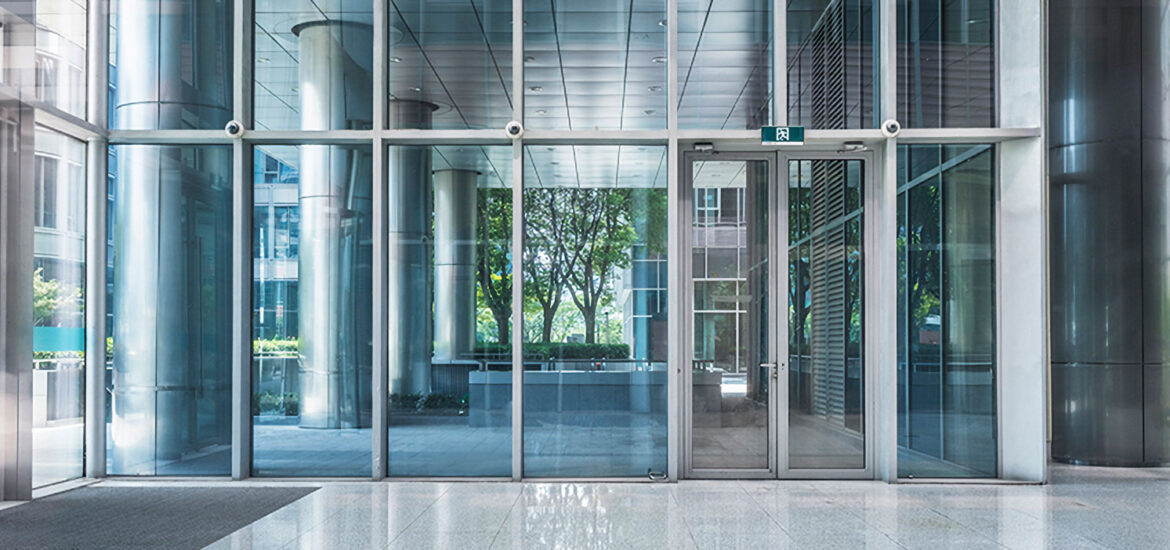When it comes to keeping your home comfortable and protected, screens play a crucial role in allowing fresh air in while keeping unwanted elements out. But not all screens are created equal. Two popular choices—security screens and fly screens—serve distinctly different purposes. While they may appear similar at a glance, there are significant differences in materials, function, design, and cost.
In this blog, we’ll break down the key differences between security screens and fly screens, helping you make an informed decision for your home or business.
What Are Fly Screens?
Fly screens, also known as insect screens, are lightweight mesh coverings typically installed over windows or doors to keep out insects like flies, mosquitoes, and other pests while allowing air and light to pass through. They’re common in households, especially in warmer climates where bugs are a constant concern.
Key Features of Fly Screens:
- Mesh Material: Usually made from fiberglass, aluminum, or polyester.
- Primary Purpose: Keep insects out.
- Lightweight Design: Easy to remove, clean, or replace.
- Affordability: Cost-effective and widely available.
- Limited Protection: Not designed to withstand force or provide security.
What Are Security Screens?
Security screens are heavy-duty screens designed not only to keep insects out but also to offer protection against break-ins, forced entry, and vandalism. These screens are typically installed on doors and windows and are built with tougher materials and stronger frames.
Key Features of Security Screens:
- Mesh Material: Made from stainless steel or aluminum alloy mesh that resists
- cutting, kicking, or prying.
- Enhanced Durability: Rigid frames and tamper-resistant installation.
- Security-Focused: Designed to meet specific security standards.
- Multipurpose: Keep out both intruders and insects.
- Aesthetics: Many modern designs are sleek and attractive.
The Core Differences: Security Screens vs. Fly Screens
Let’s explore the major differences in detail to understand which one suits your needs best.
1. Purpose and Functionality
- Fly Screens: Their primary job is to keep insects at bay while maintaining ventilation.
- Security Screens: Provide dual functionality—ventilation and protection from intruders.
Verdict: If your main concern is bugs, fly screens are sufficient. For safety and peace of mind, security screens are a better fit.
2. Materials and Strength
- Fly Screens: Often made from weaker materials like nylon, fiberglass, or thin aluminum mesh. They can be easily cut or damaged.
- Security Screens: Built using marine-grade stainless steel mesh or high-tensile aluminum. They are tested against impact and can resist knives and crowbars.
Verdict: Security screens clearly win in terms of strength and longevity.
3. Cost
- Fly Screens: Very budget-friendly. Can cost as little as $30–$50 for a standard window.
- Security Screens: A considerable investment, often starting from $450 per window and $800–$1000+ for a door.
Verdict: Fly screens are ideal for those on a budget. Security screens are a long-term investment with added value.
4. Installation
- Fly Screens: Easy to install; often a DIY project.
- Security Screens: Require professional installation to ensure they meet safety standards and are tamper-proof.
Verdict: Fly screens are more convenient, but security screens offer better, more reliable protection.
5. Visual Appeal
- Fly Screens: Simple design, may not always be aesthetically pleasing.
- Security Screens: Modern versions are sleek, customizable, and blend with home designs.
Verdict: Security screens have the edge in design versatility and premium appearance.
6. Maintenance
- Fly Screens: Can sag or tear over time; require frequent replacement or repair.
- Security Screens: Low-maintenance; resistant to rust, corrosion, and wear.
Verdict: Security screens offer better durability and require less frequent upkeep.
7. Safety for Children and Pets
- Fly Screens: Can be easily pushed out or torn by children or pets.
- Security Screens: Provide a strong barrier, making them ideal for families with kids or active pets.
Verdict: Security screens are much safer and child/pet-friendly.
Which One Should You Choose?
Your choice between fly screens and security screens depends largely on your needs, location, and budget.
Choose Fly Screens If:
- You live in a low-crime area.
- Your main concern is preventing insect entry.
- You are renting or have a limited budget.
- You want something easy to install or replace.
Choose Security Screens If:
- Security is a priority for your household.
- You want a long-term investment that adds to your property value.
- You live in an area prone to break-ins or need additional home safety.
- You have children or pets and need a sturdy barrier.
Can You Have Both?
Absolutely! Many homeowners choose to have fly screens for windows and security screens for doors. In some cases, hybrid screens are available that offer both insect control and moderate security.
If you opt for security screens, you’ll already have the insect protection built-in due to the mesh design. However, if you already have fly screens, upgrading just the entry points to security screens can strike a balance between cost and safety.
Conclusion
While both security screens and fly screens serve the purpose of letting fresh air in while keeping undesirable elements out, their core functions differ significantly. Fly screens are designed for insect control and affordability, whereas security screens offer a comprehensive solution that includes protection from intruders, improved durability, and aesthetic value.
So, if you’re looking for basic pest control on a budget, fly screens are your go-to. But if you’re aiming for safety, longevity, and peace of mind—security screens are undoubtedly the superior choice.
Evaluate your needs, weigh the pros and cons, and make the choice that fits your lifestyle and home best.





